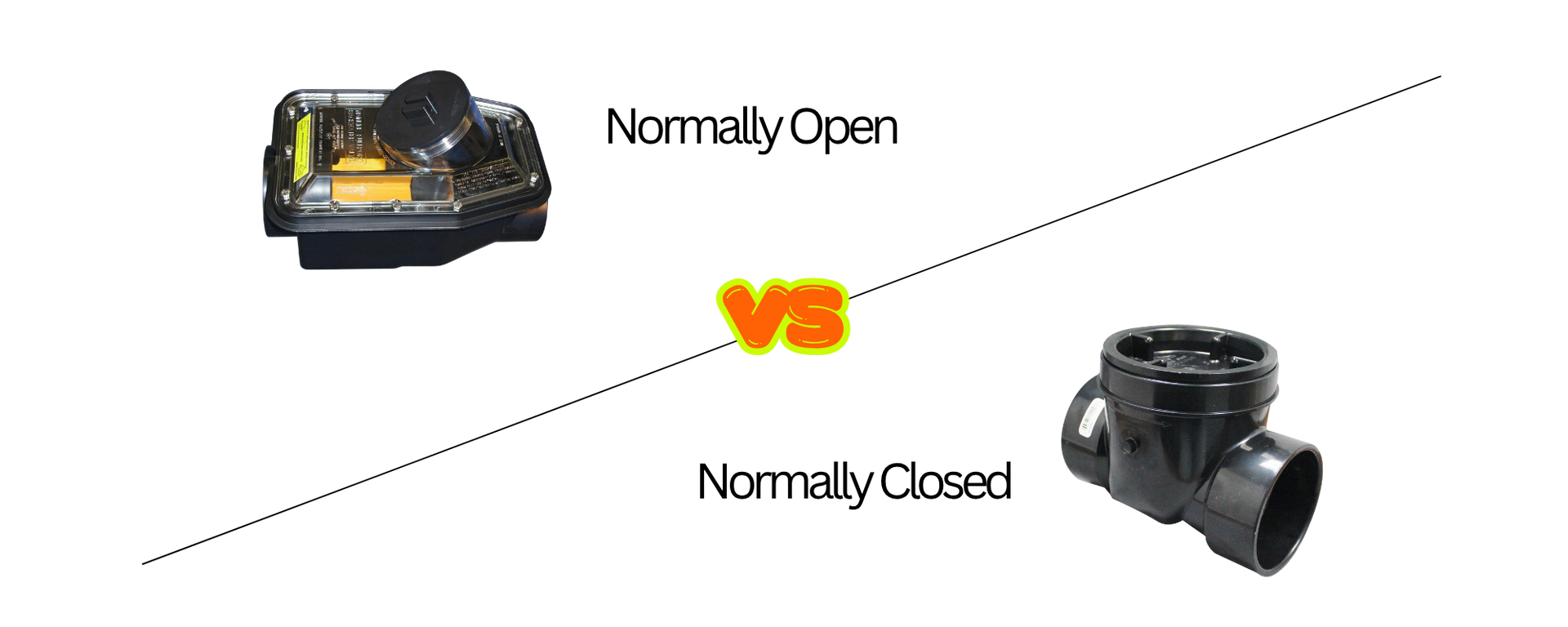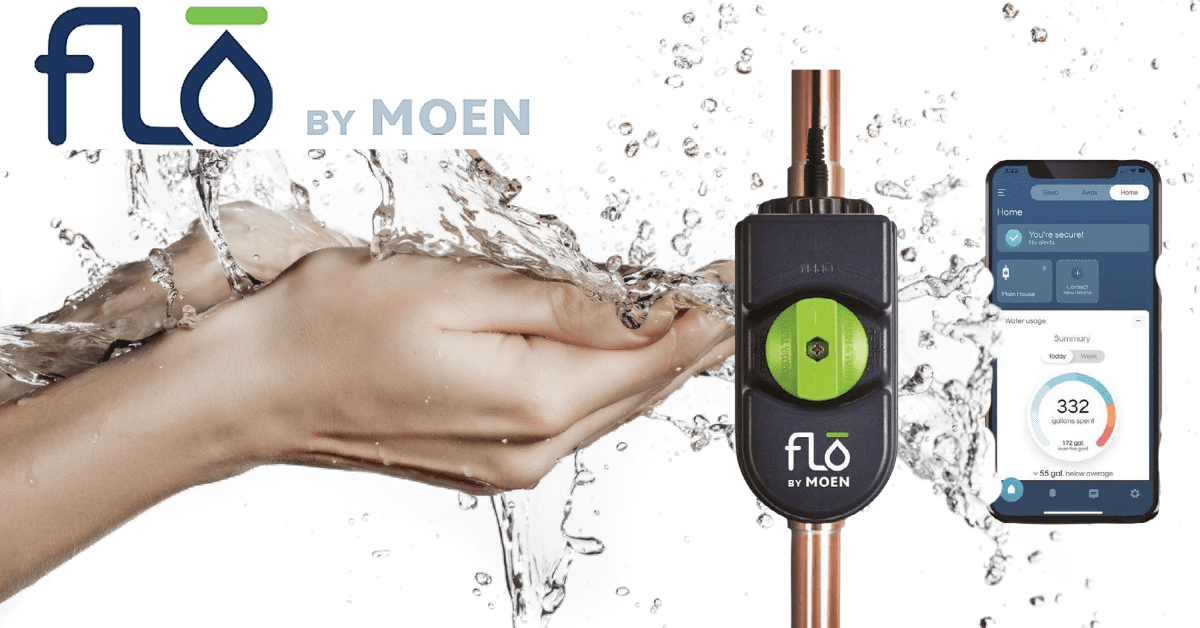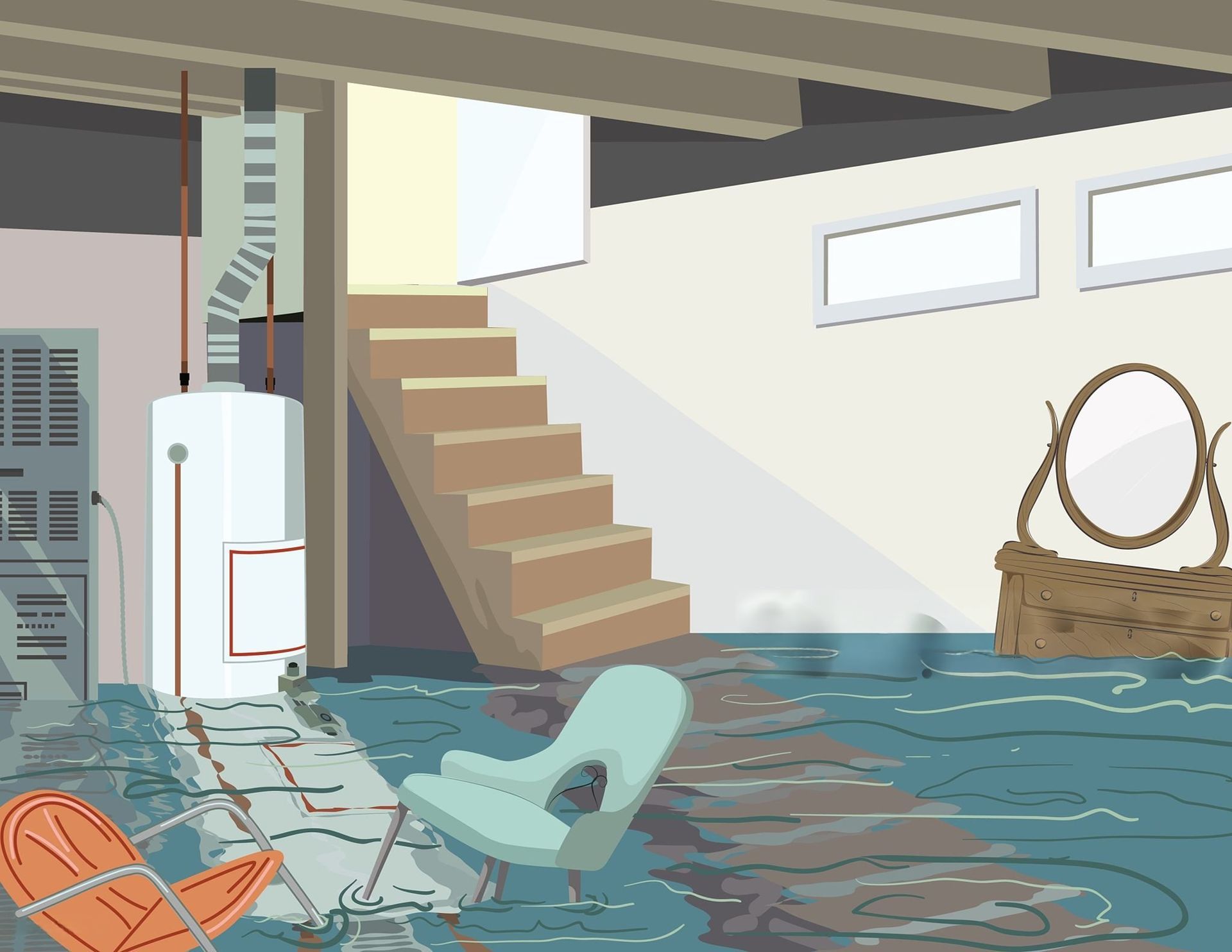Excavation of the Main Drain and Water Line: A Homeowner’s Guide
🚧 Excavation of the Main Drain and Water Line: A Homeowner’s Guide
When it comes to plumbing emergencies, few issues are more serious than a blocked main drain or a damaged water line. Whether you’re dealing with persistent blockages, slow drains, or a full-blown flood, knowing what to expect during a main drain and water line excavation can help you act quickly and confidently.
In this guide, we’ll walk you through the excavation process, explain why it’s sometimes necessary, and share what professional plumbers do to keep your home’s pipes and drain systems working efficiently — all while following NPC 2021 and local plumbing codes.
💧 Why Excavation May Be Needed for Drains and Water Lines
Your home’s main drain line and water service line are the lifelines of your plumbing system. Over time, these underground pipes can develop problems such as:
- Tree root infiltration into clay or PVC pipes
- Cracked or collapsed pipes due to shifting soil, age, or freezing temperatures
- Blockages from grease, wipes, or foreign objects
- Corrosion in old metal pipes, leading to leaks or weak points
While some clogs can be cleared with drain cleaning, however severe damage often requires excavation to repair or replace the affected section of pipe.
🏗️ Step-by-Step: The Excavation Process
1. Inspection and Locating the Issue
Before any digging begins, professional plumbers use drain cameras and specialized locating tools to diagnose blockages or breaks in the main line. This helps determine the exact location and depth of the problem.
2. Site Preparation and Utility Marking
Excavating near water lines and sewer drains requires precision. Crews call info-excavation to mark gas, electrical, and communication lines before any excavation begins. Proper planning prevents damage to other buried infrastructure and keeps the job site safe.
3. Excavation and Exposure of the Pipe
Once the area is marked and secured, the digging starts. Depending on the pipe depth, this may involve manual digging or using small excavators. The goal is to expose the damaged section of pipe without disturbing surrounding structures.
4. Full Replacement of the Line for Long-Term Reliability
Once the damaged pipe is exposed, our team carries out a complete replacement of the affected main drain or water line — we never perform spot repairs. Partial fixes are not possible and don’t meet our standards or code requirements.
We install PVC SDR 28 pipe for underground drain lines, and Type K copper for water service lines, as mandated by the National Plumbing Code as well as local Bylaws. This ensures a durable, leak-free installation that meets all regulatory standards.
By replacing the entire section from access point to connection, we prevent future failures, eliminate weak spots, and give homeowners peace of mind that their plumbing system is built to last.
5. Backfilling and Site Restoration
After the pipe replacement is complete and tested for leaks, the trench is carefully backfilled and compacted to prevent future settling. Our plumbing team ensures the underground work meets all code and structural requirements.
Typically, a landscaping company is responsible for restoring surfaces such as concrete, asphalt, lawns, gardens, or interlocking brick once the excavation is closed. This ensures that the property’s finish is handled by specialists who can match existing materials and maintain curb appeal.
🌿 Benefits of Professional Excavation
While excavation may seem disruptive, hiring a licensed plumbing company ensures:
- Faster and safer digging
- Proper permits and inspections
- Long-lasting drain and water line replacements
- Code-compliant materials and installations
- Minimal disruption to your property
Ignoring serious blockages or pipe damage can lead to basement flooding, contaminated water, or even structural damage to your home. Professional excavation solves these problems at the source.
📝 Final Thoughts: Prevention is Key
Regular plumbing maintenance, drain cleaning, and camera inspections can help catch issues early—before they require excavation. If you notice gurgling drains, frequent backups, or wet spots on your lawn, don’t wait.
Contact a trusted plumber to inspect your main drain and water line. Acting fast can save you time, stress, and expensive emergency repairs.





